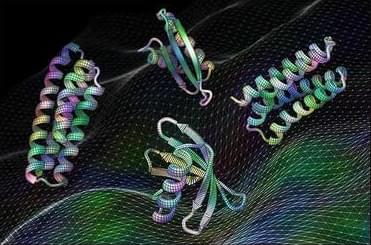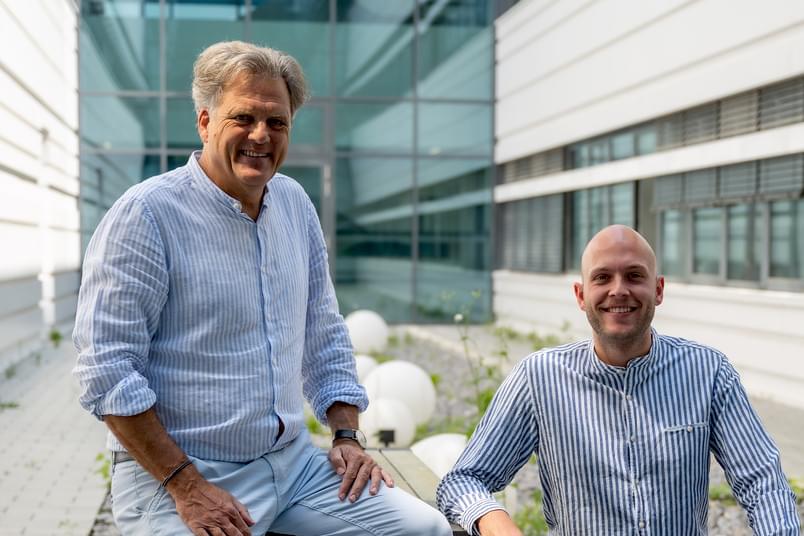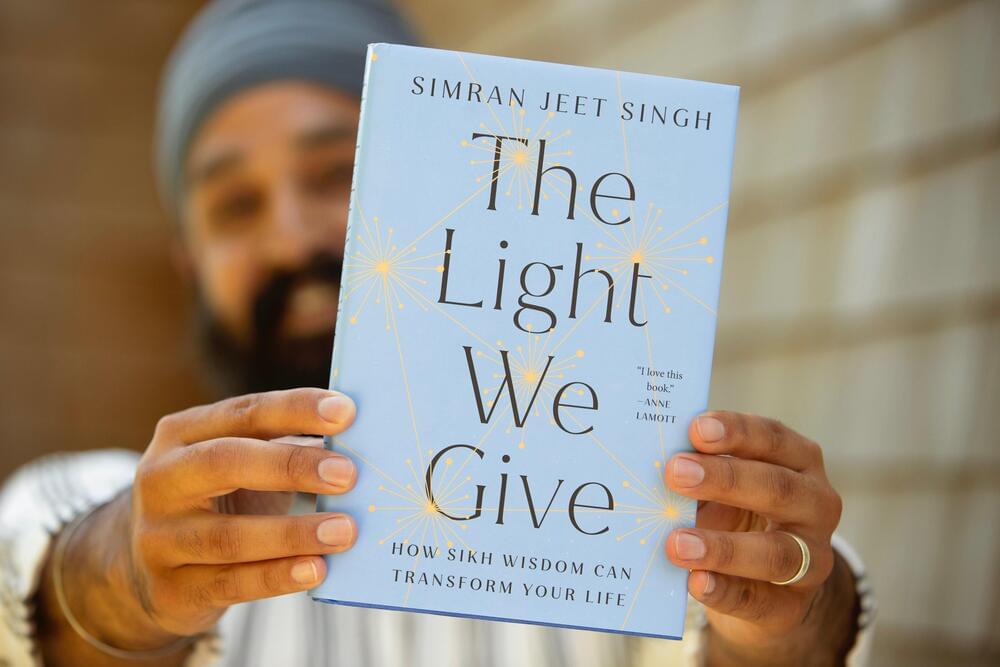Instead of predicting the shapes of naturally occurring molecules, software designs original ones.






View insights.
The existence of ethical concerns is precisely why it’s important for business owners to understand the different technologies driving the Metaverse forward and what impact they may have on users, the environment, and our society. By understanding these technologies, businesses can find new ways to enrich our society with constructive uses of virtual reality connectivity that enrich our world and keep the digital economy booming.
In addition, understanding these technologies is important because as more advanced techniques are developed for use in Metaverse projects, the average cost of US$48,000 for app design in the USA will undoubtedly go up. Business owners need to understand what they need to focus on when planning their next move.
Businesses also need to understand that as the landscape of the Metaverse evolves, the nature of the content will change as well. Creating quality content marketing strategies with these immersive, virtual environments in mind is essential as the industry moves forward.



